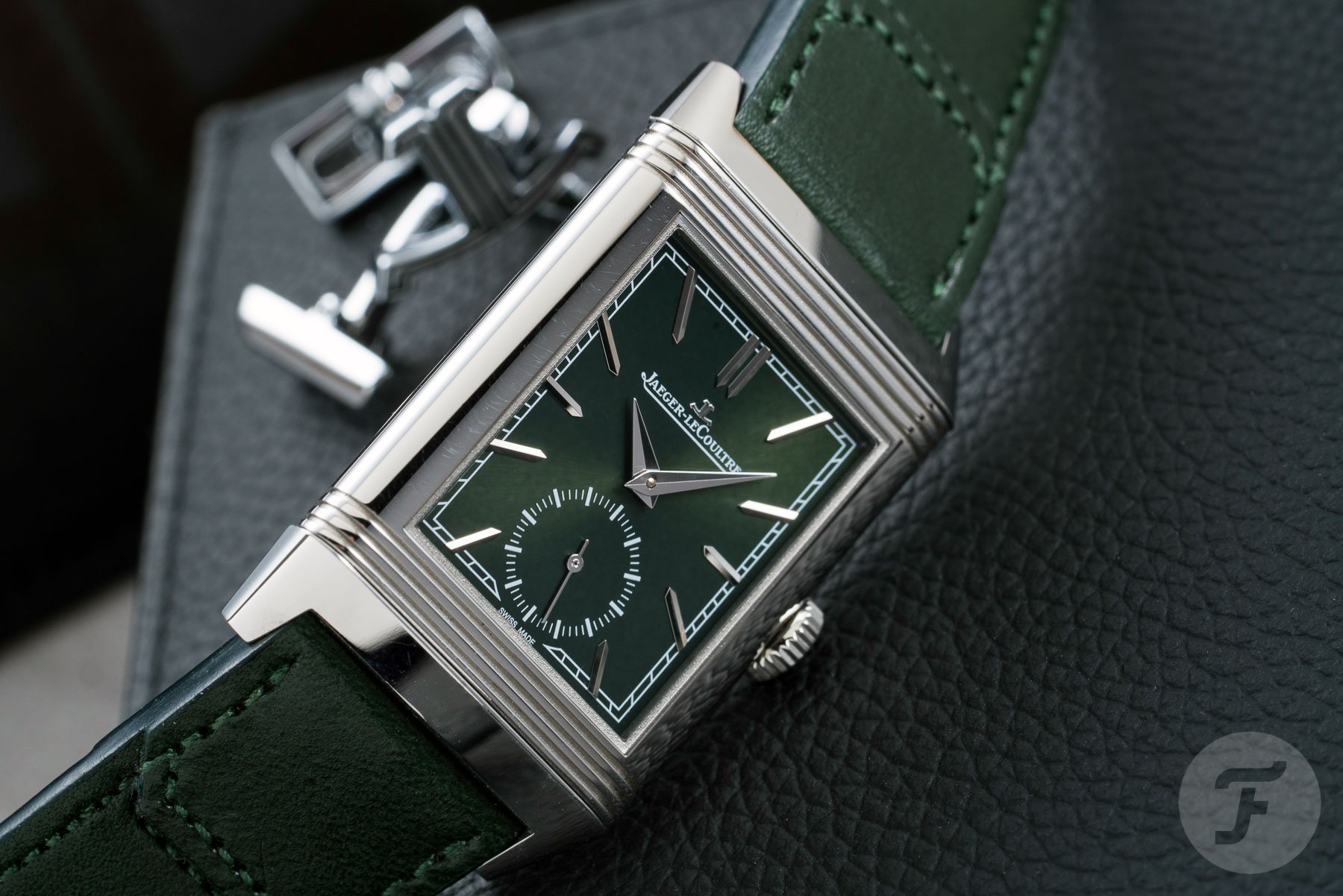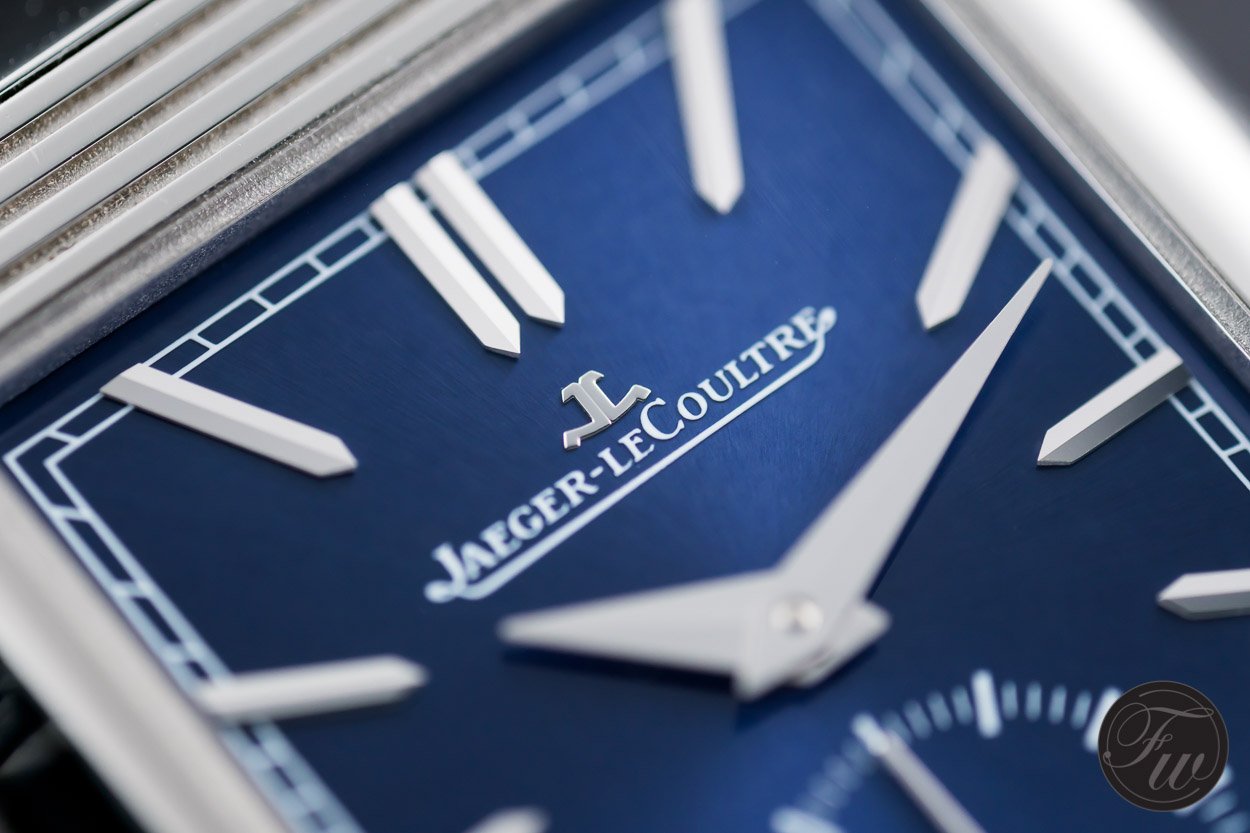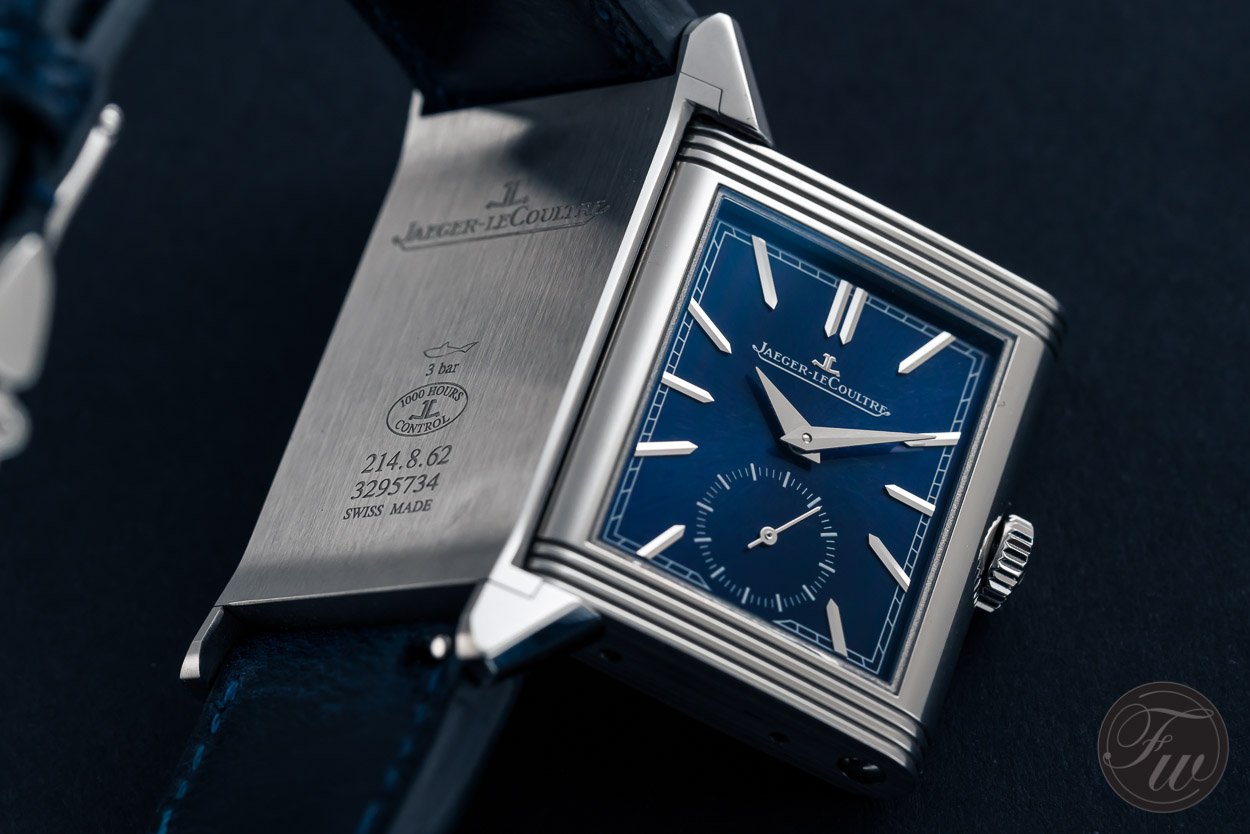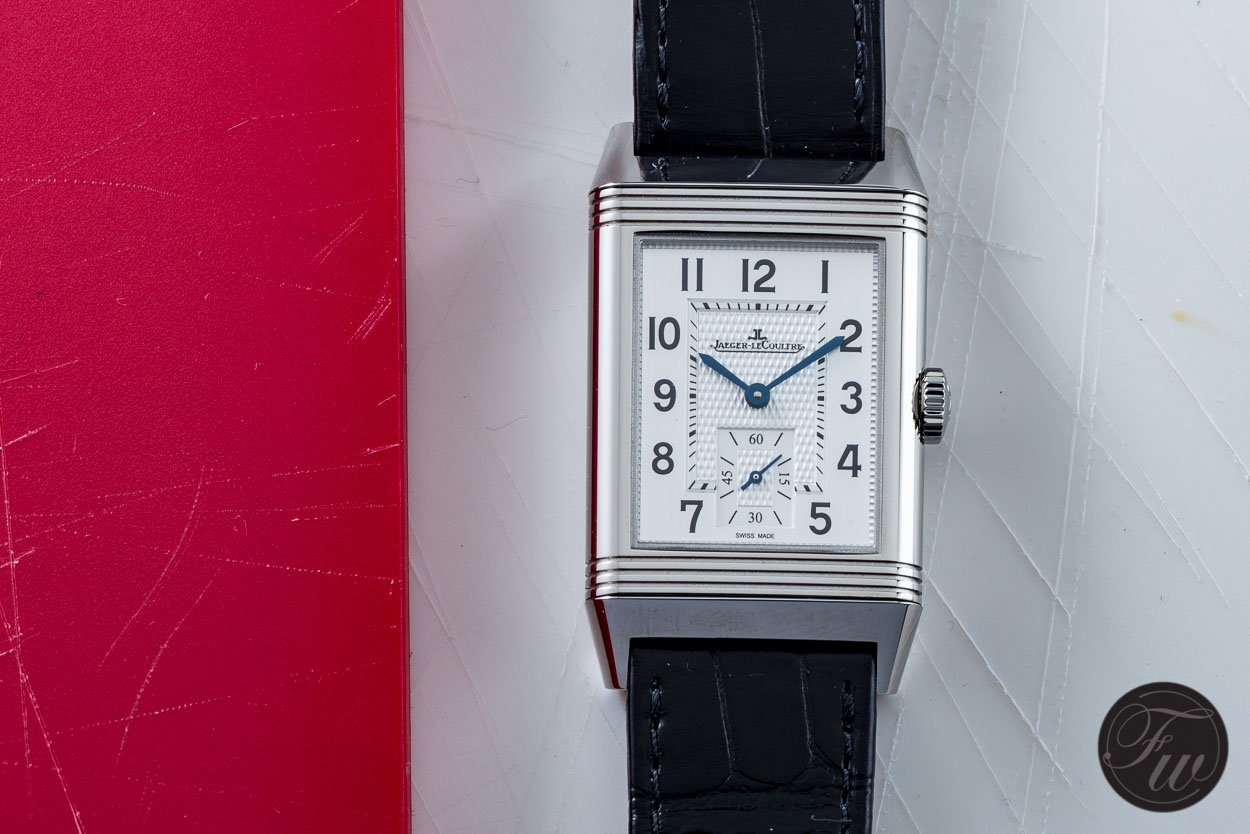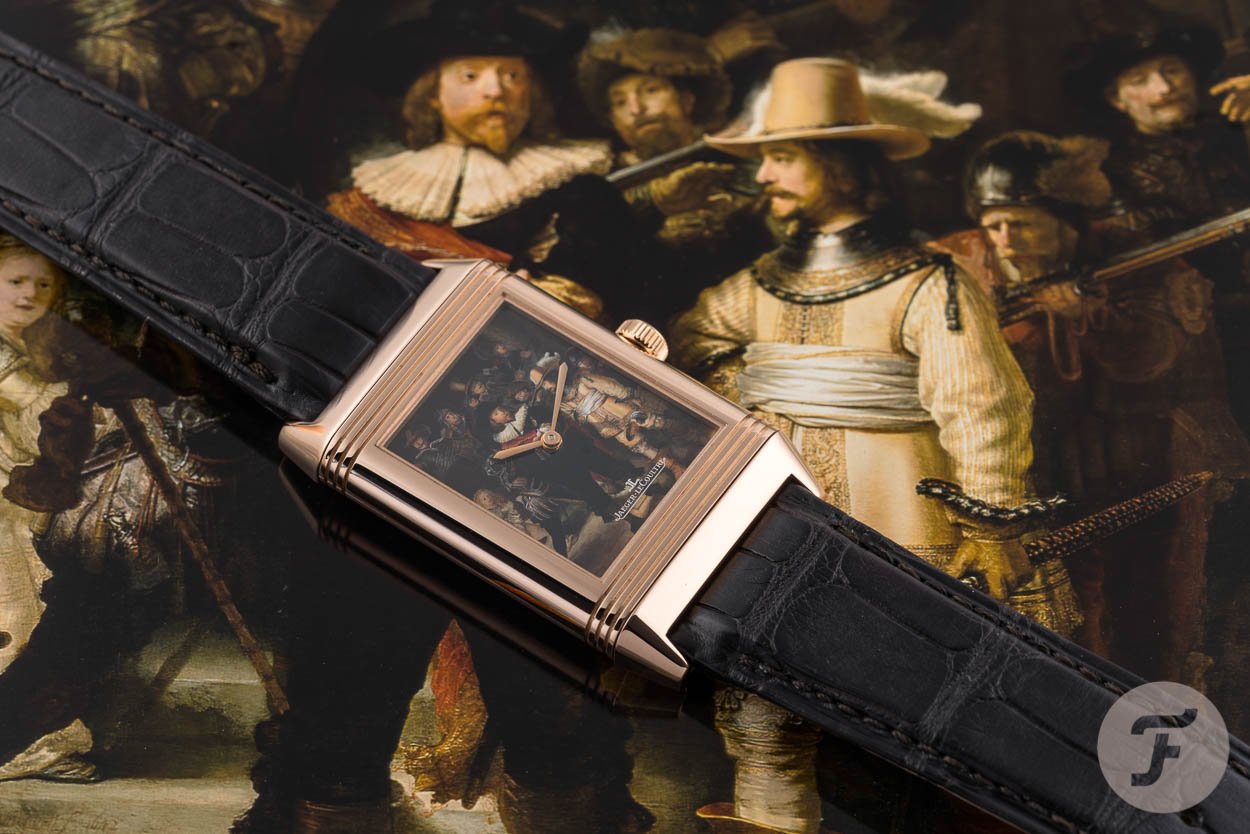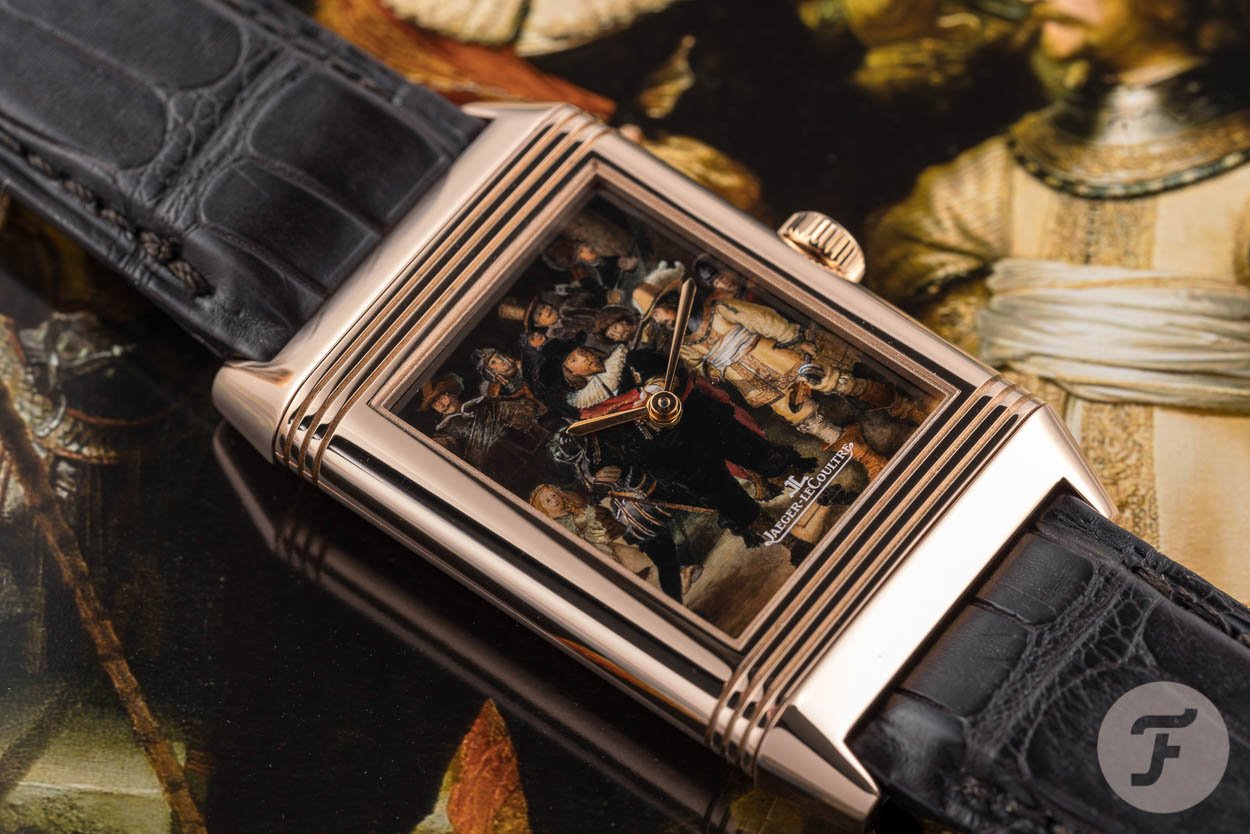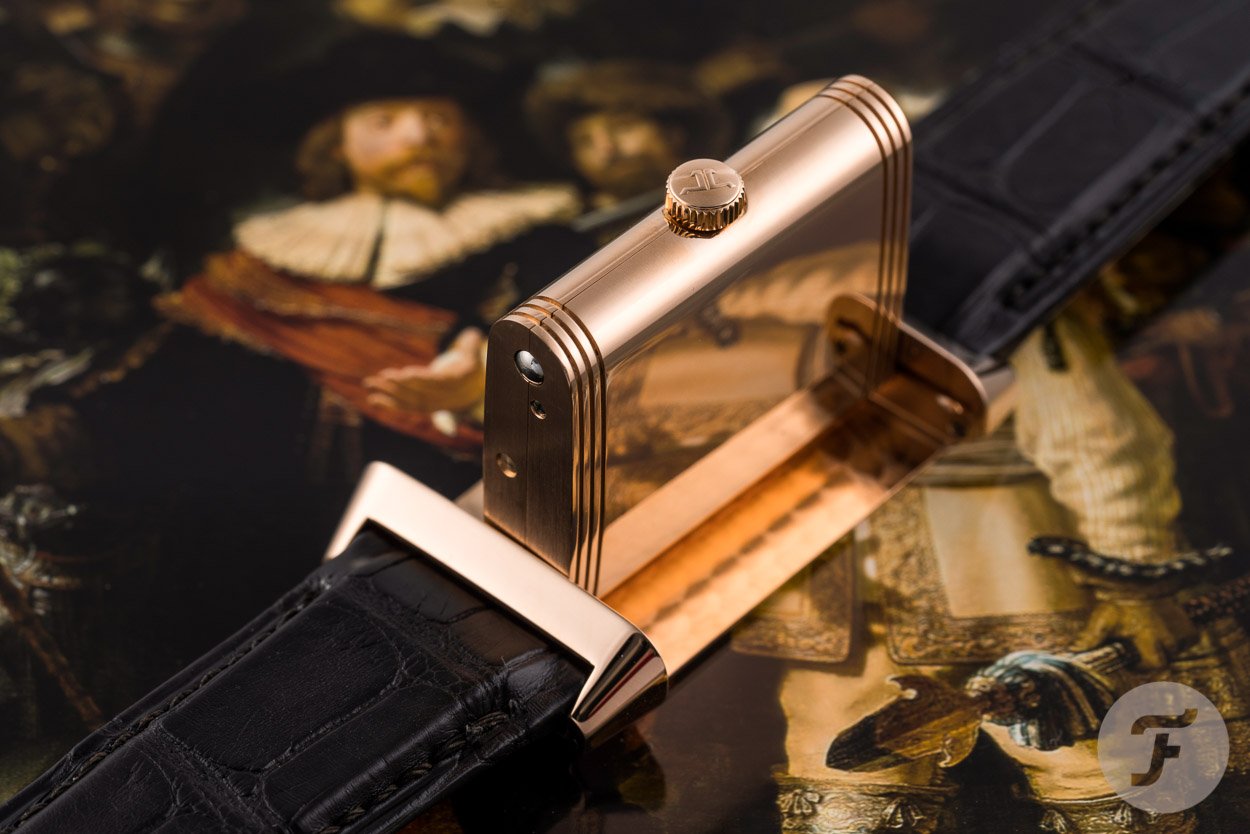The Best Boring But Brilliant Watches In The World — Jaeger-LeCoultre Reverso
Boring is best. I consider it soothing and much better to deal with than large periods of extreme excitement. I like a watch that soothes rather than tries to whip me in a state of frenzy. And nothing soothes like a classic steel Jaeger-LeCoultre Reverso with small seconds, blued hands, and a bit of guilloche on a silvered dial. But I won’t call that type of Reverso a masterpiece, that title is reserved for a very picturesque and rare version that still has a boring side to it.
The fact that I like “boring” watches like the doesn’t mean I’ve always liked the Jaeger-LeCoultre Reverso. I mean, I liked it, but I never really loved it. That’s why earlier this year I conducted an experiment with a Reverso Classic Large Small Seconds. Both watch and wearer got out of the field experiment unscathed. What I found out that this very traditional-looking watch — so very, very traditional that by just reading specs like “silvered gray dial with guilloche and vertically brushed decorations, blued stick hands, and small seconds located at 6 o‘clock”, it could trigger narcolepsy — is actually a very versatile, chameleon-like timepiece. Surprise, surprise, I wore it with sneakers, and it didn’t look out of place at all.
Boring but also an extremely versatile chameleon — Jaeger-LeCoultre Reverso
One of the most remarkable things that happened while conducting the Reverso experiment was that I got quite a few compliments. People saying that the watch suited me very well. And that was even though I wasn’t wearing a suit and tie, the type of attire I always thought was the one and only way to make a Reverso work. Somehow, a touch of boring was like a cherry on top. It led me to try on the green-dialed Reverso Tribute — maybe not a colorway that classifies as boring — only to find out that it also performed flawlessly with all kinds of clothing styles. And I’m sure the burgundy and blue versions do exactly the same.
The Reverso brings out your personality
You could say that therefore the Reverso is perfect and because perfection is boring, well, you get my point. In other words, being wearable with everything makes a watch boring. But it also makes it an ideal timepiece for everyday use. And when you wear something most of the time it becomes a part of you, it will be an expression of you. Next conclusion would be that only if you’re a bore, the watch on the wrist will appear boring. Now I know why people liked my plain Reverso so much, it came alive because of my sparkling personality!
A name larger than the brand
The most common Reverso is the one with small seconds and a plain case back you can have engraved with your wedding date or something. A solid case back, to me, represents the essence of a Reverso. This is the side that could handle the rough polo match, this is the reason why the 1930s Reverso is a sublime invention that grew out to be larger and more famous than the brand that sells them – not my words but those spoken by Stephane Belmont, Patrimony Director of the Maison Jaeger-LeCoultre, over lunch in Le Sentier a couple of years ago.
… these models have strayed quite far from the original path …
Sure, the Duoface models make for perfect GMT watches and more complicated stuff like the Nonantième that celebrates the ninetieth birthday of the Reverso, or spectacularly complicated Hybris Mechanica Calibre 185 that’s also quite the party piece, are fantastic Reverso’s. But these models have strayed quite far from the path, so to speak.
Does art belong in watches?
If you still want to combine something new and spectacular, but remain true to the original functionality, have a look a Rembrandt and a Mondriaan. In 2017 a Reverso came out in a limited edition of 25 pieces to celebrate the birth 100 years ago of Dutch art school De Stijl — of which Piet Mondriaan (1872 – 1944) was the most famous exponent — and of Dutch retailer Steltman in The Hague.
… from the back the watch looked like it belongs in a museum.
From the front, it was “just” a Reverso, but from the back, the watch looked like it belongs in a museum. That was because of the miniature enamel version of Mondriaan’s 1921 “Composition With Large Red Plane, Yellow, Black, And Blue”. The micro-painting is done by hand in Jaeger-LeCoultre Atelier Métiers Rares. Stunning as it is, the Reverso Rembrandt is better.
From macro to micro
No, not because Rembrandt van Rijn (1606-1669), arguably one of the greatest artists of all time, is a better painter than Mondriaan. But because of the Reverso itself. Back in 2019 it was exactly 350 years ago Rembrandt died and Dutch jeweler Gassan came up with the idea of putting a 363 × 438cm wide Rembrandt in a 47 × 28.3 mm Reverso. Allow me to explain. Rembrandt has left behind a rich oeuvre, but only one painting can be the most famous one, and that is of course “The Night Watch”, or “Nachtwacht” in Dutch.
Rembrandt and Reverso are a match made in heaven
The painting, portraying the company of Captain Frans Banninck Cocq and Lieutenant Willem van Ruytenburgh, is on permanent display in the Amsterdam Rijksmuseum and is enormous and because of its format, it doesn’t resize properly to the small dial of a Reverso. So choices had to be made how to display the painting. Or rather, what part of the painting are we going to put on the dial. The two main characters were chosen, and so we get to see the captain (left) and the lieutenant of the militia. The enamel micro-painting was done in the Atelier Métiers Rares and the result is nothing short of spectacular. And the combination of a Rembrandt in front and a solid, albeit luxurious red gold case back to protect the watch from hard impacts, is historically accurate too. Allow me to explain.
Flip the watch in case of danger
The Reverso Rembrandt of which only a few pieces have been made, is the ultimate Reverso because of the shared background stories. The Reverso is a protective watch. The role of protector fits very well with “The Night Watch” for the following reason. In 1975 the painting was damaged by a disturbed man with a knife and in 1990 the painting was doused with acid.
… taken out of the frame for this, made flexible with wax and rolled up …
The painting has also been in hiding for a while. When the danger of war became too great in 1939, the painting made a trip to various hiding places. It was taken out of the frame for this, made flexible with wax and rolled up to fit in a cylinder. Eventually, “The Night Watch” ended up in the caves near Maastricht to return to the Rijksmuseum after the liberation. Whoever has “The Night Watch” in his Reverso, only has to flip the watch in case of imminent danger.
Toning it down
The striking resemblance between watch and painting might cause a bit too much excitement. This is after all a series about boring watches. But please allow met to point out that I wrote about some more boring watches other than the Jaeger-LeCoultre Reverso. About the unavoidable Rolex Datejust for instance, or the mac daddy of dress watches, the ultra-classic Patek Philippe Calatrava. And reading about these watches is about as soothing as wearing them. A real snooze fest.
Find out about the current Reverso collection on Jaeger-LeCoultre’s official website.
Please find and follow me at Lex Stolk • Instagram



